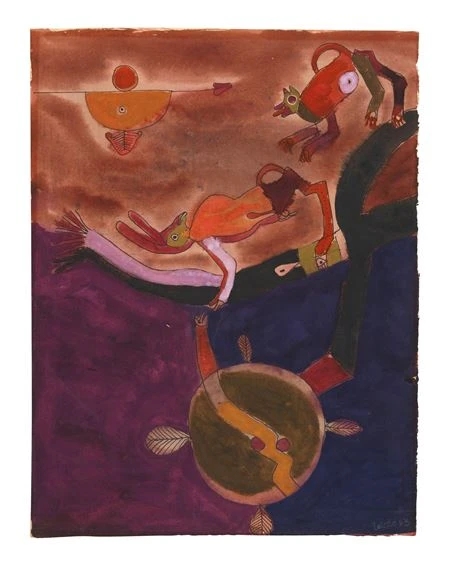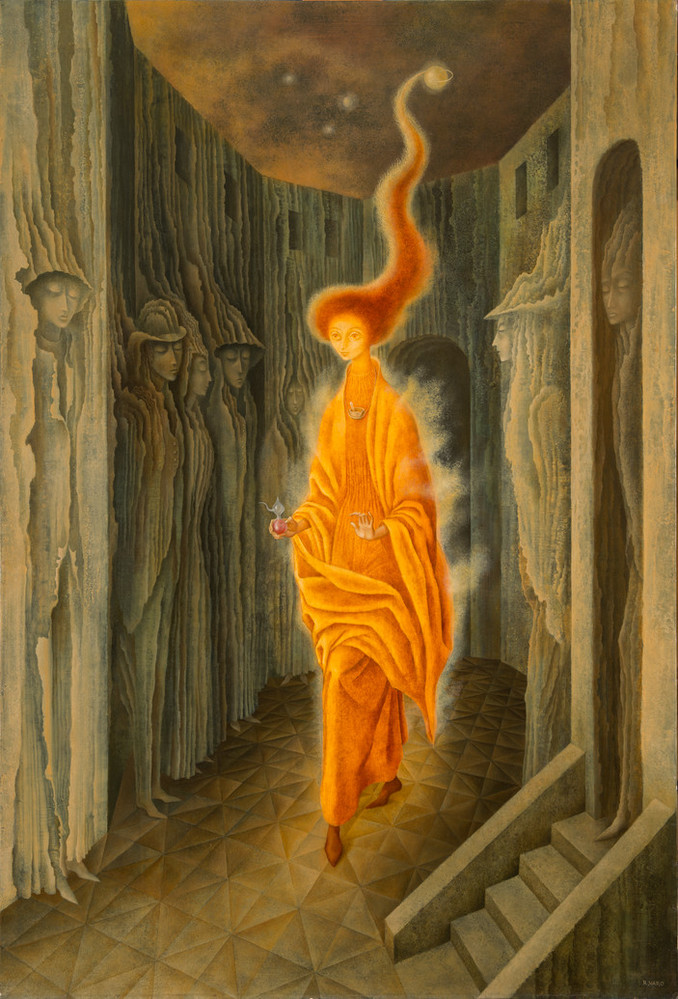Can Magical Realism be more than fine art?

An artistic philosophy though about Magical realism: Magical realism is a captivating art movement that seamlessly blends the ordinary with the extraordinary, creating a world where reality and fantasy coexist. Traditionally associated with fine art, magical realism has also found…
